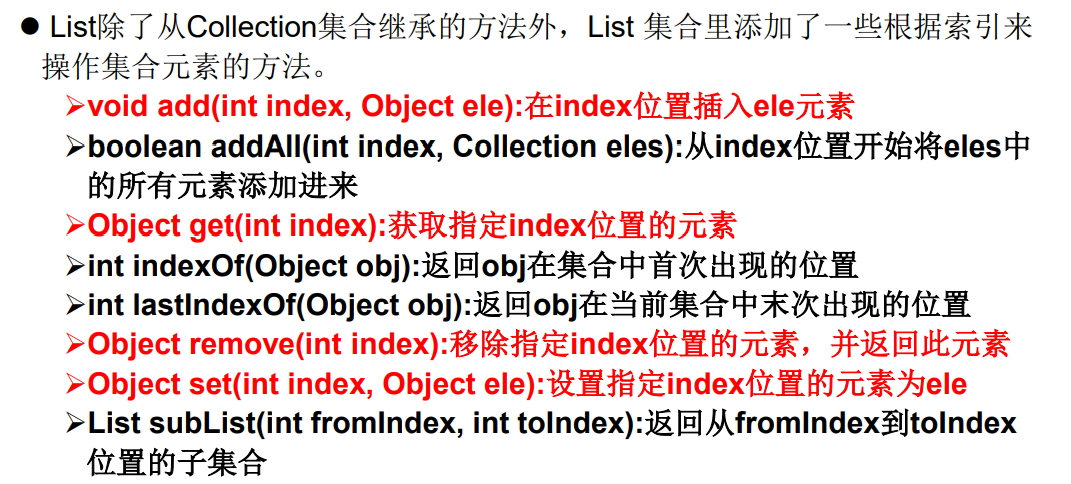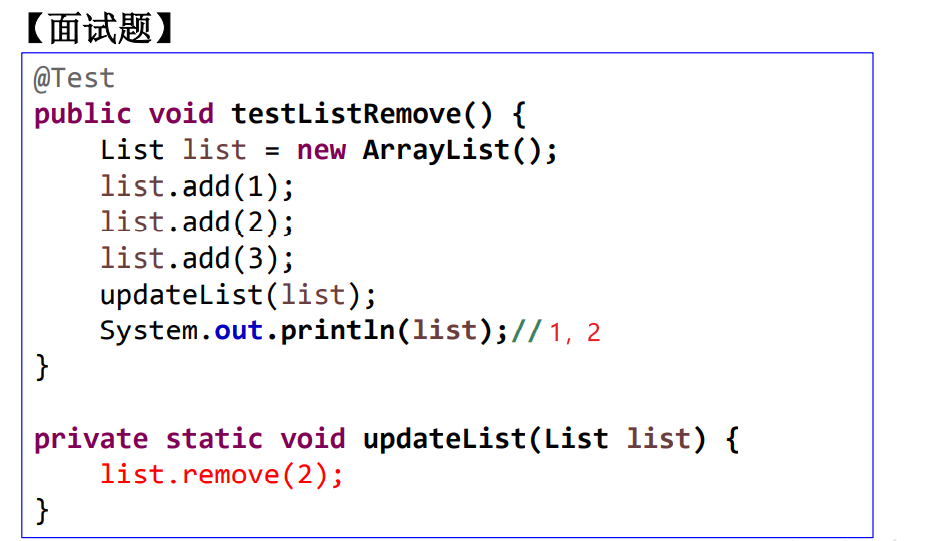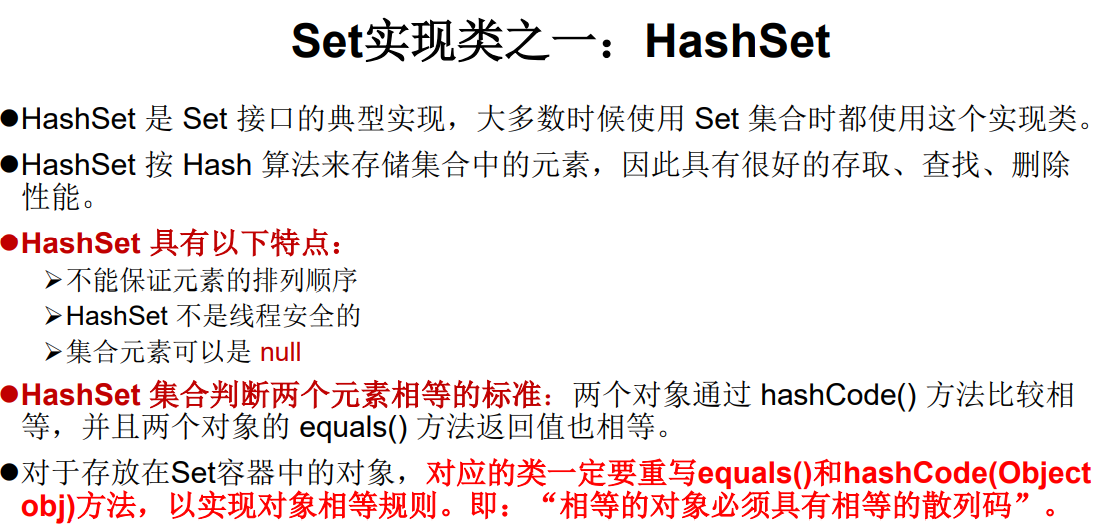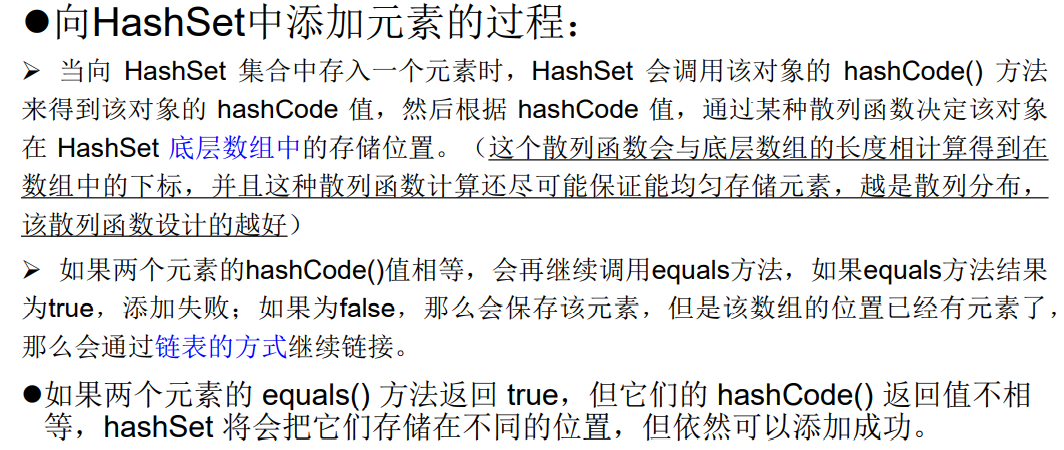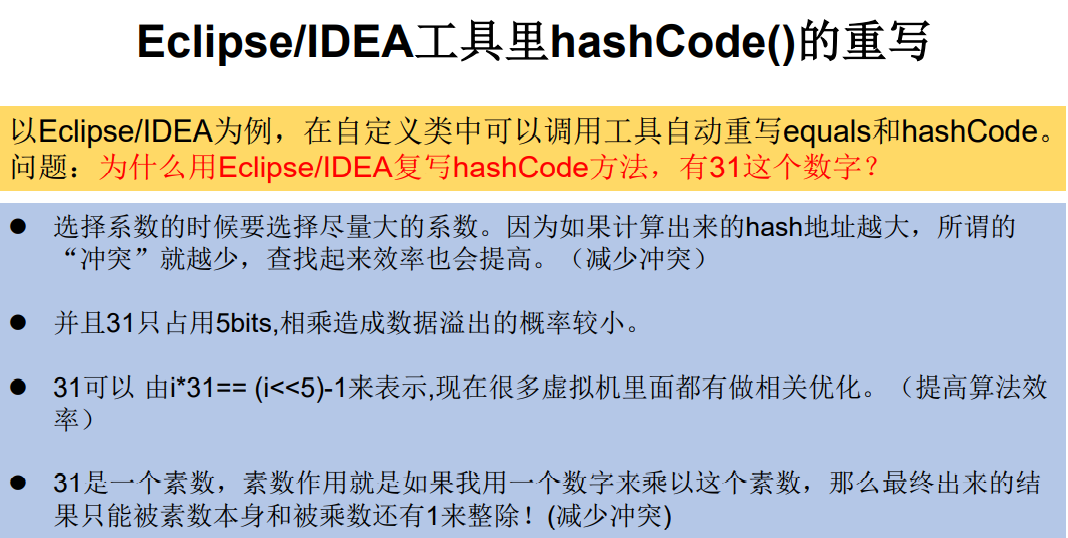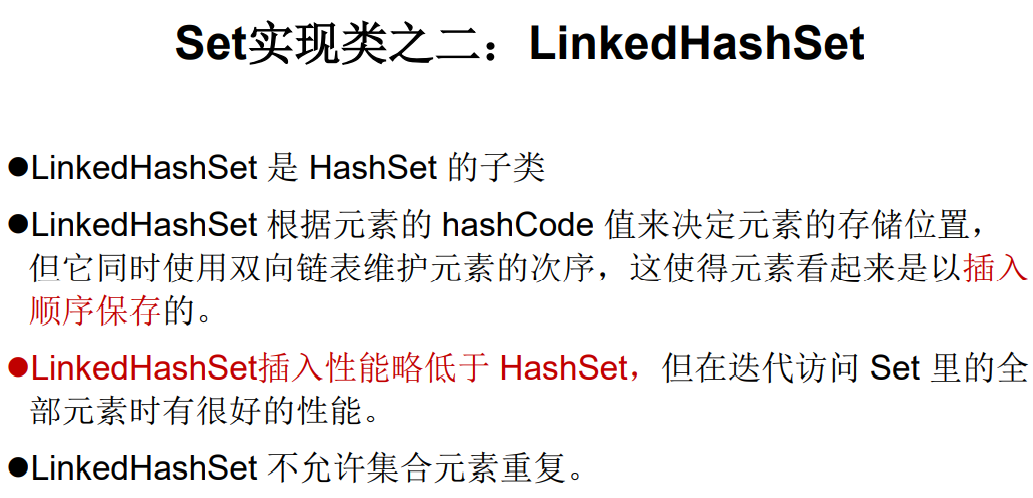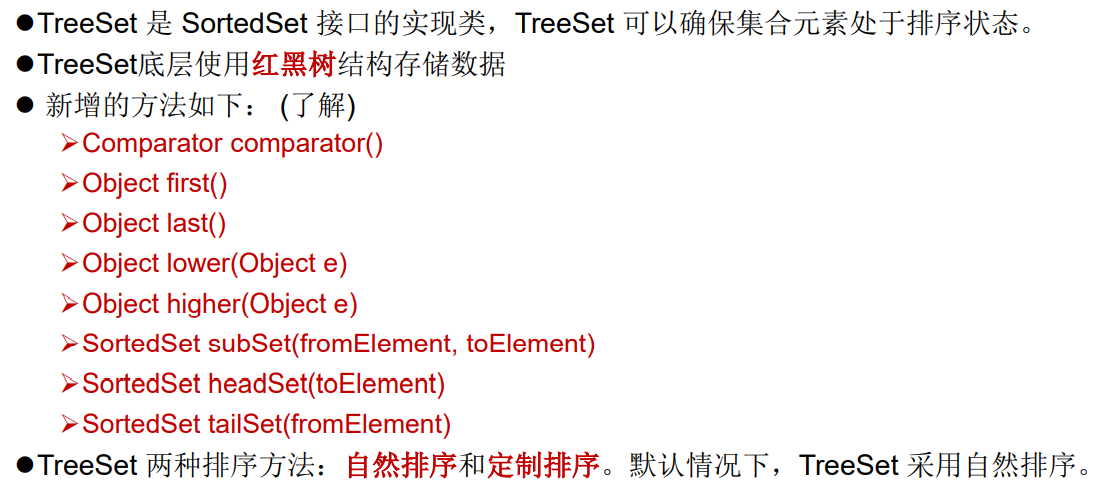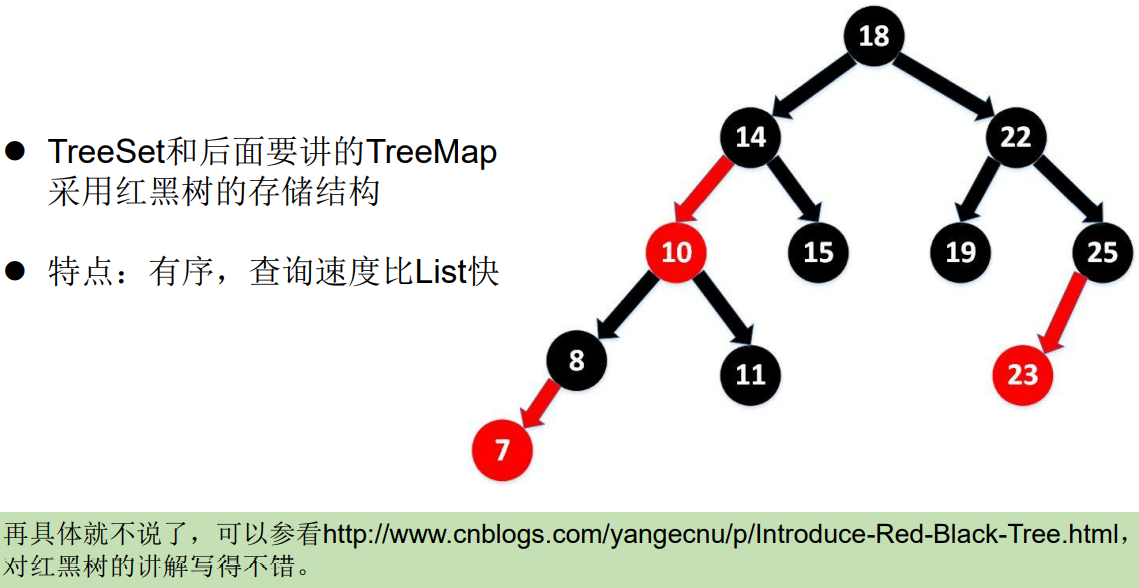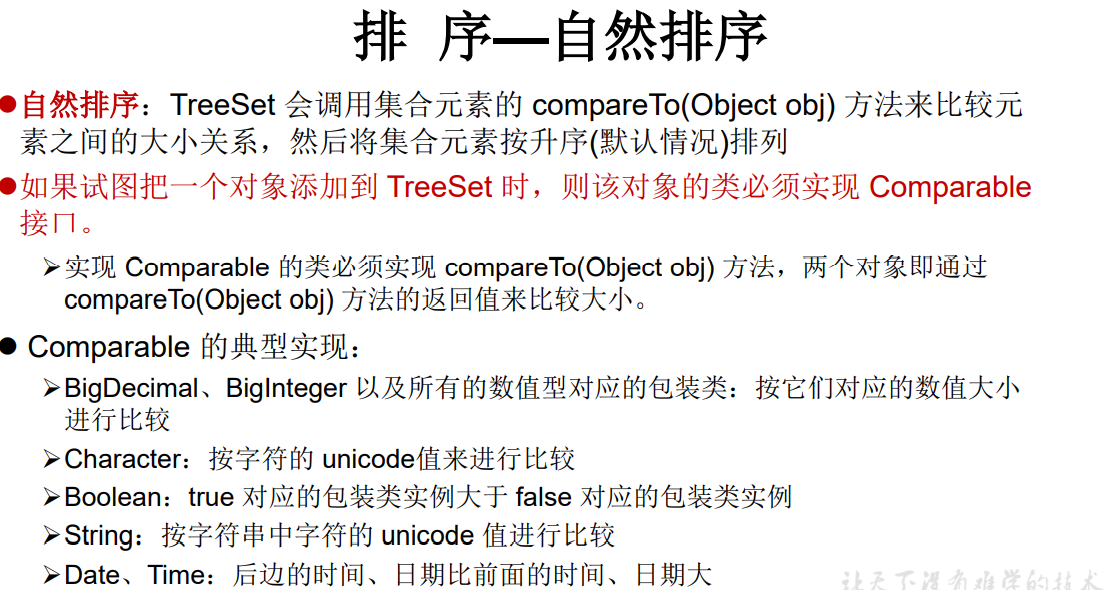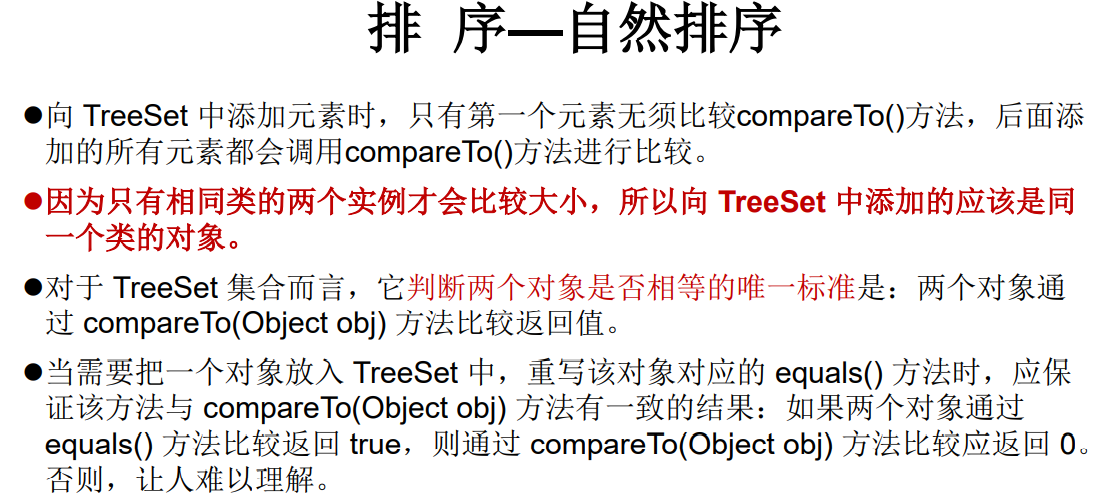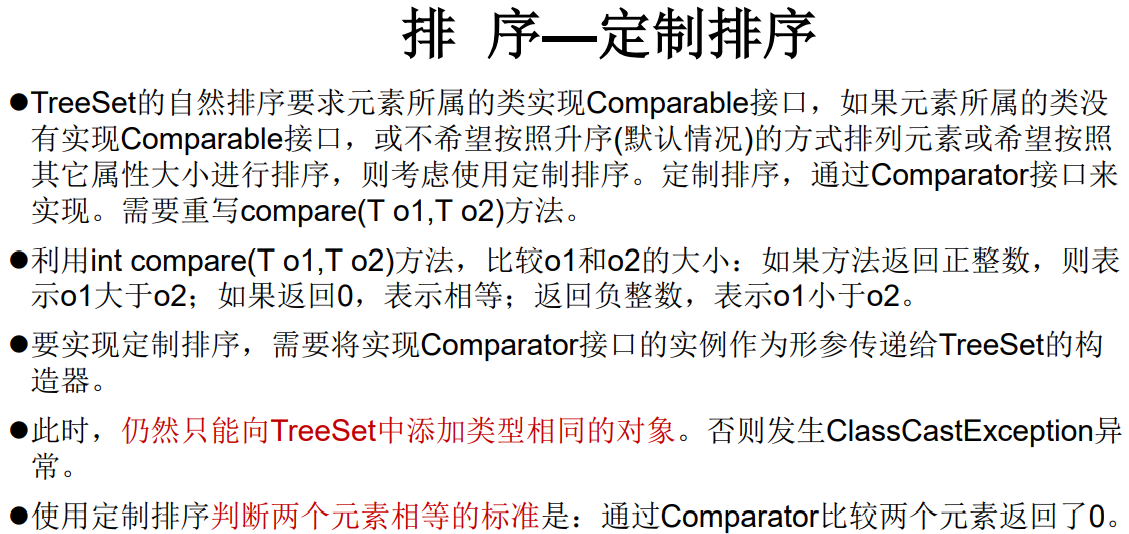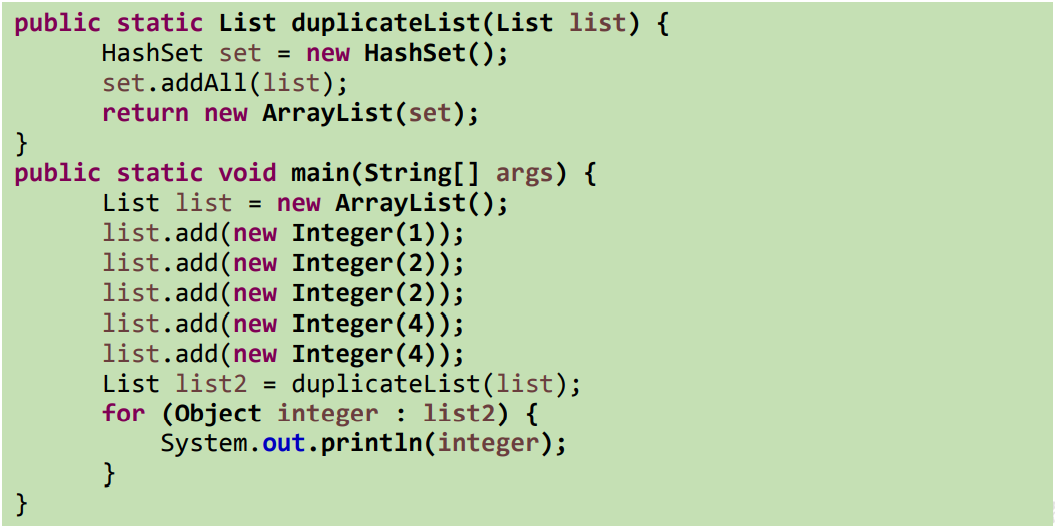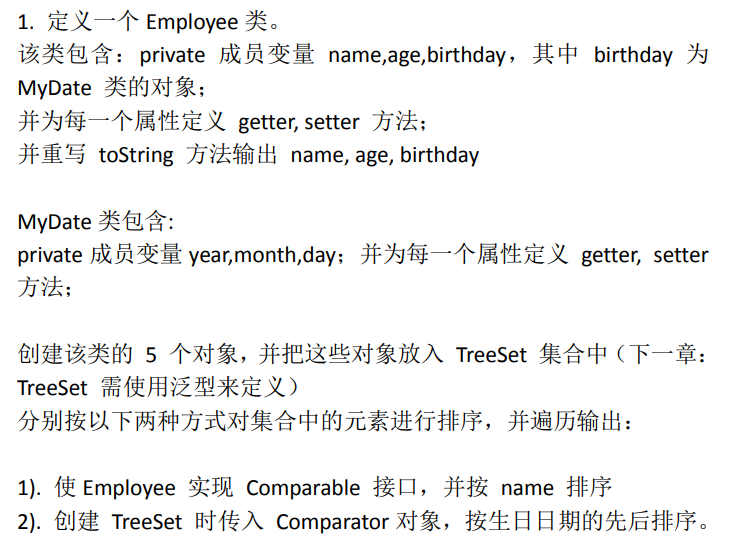1
2
3
4
5
6
7
8
9
10
11
12
13
14
15
16
17
18
19
20
21
22
23
24
25
26
27
28
29
30
31
32
33
34
35
36
37
38
39
40
41
42
43
44
45
46
47
48
49
50
51
52
53
54
55
56
57
58
59
60
61
62
63
64
65
66
67
68
69
70
71
72
73
74
75
76
77
78
79
80
81
82
83
84
85
86
87
88
89
90
91
92
|
public class EmployeeTest {
@Test
public void test2(){
TreeSet set = new TreeSet(new Comparator() {
@Override
public int compare(Object o1, Object o2) {
if(o1 instanceof Employee && o2 instanceof Employee){
Employee e1 = (Employee)o1;
Employee e2 = (Employee)o2;
MyDate b1 = e1.getBirthday();
MyDate b2 = e2.getBirthday();
return b1.compareTo(b2);
}
throw new RuntimeException("传入的数据类型不一致!");
}
});
Employee e1 = new Employee("liudehua",55,new MyDate(1965,5,4));
Employee e2 = new Employee("zhangxueyou",43,new MyDate(1987,5,4));
Employee e3 = new Employee("guofucheng",44,new MyDate(1987,5,9));
Employee e4 = new Employee("liming",51,new MyDate(1954,8,12));
Employee e5 = new Employee("liangzhaowei",21,new MyDate(1978,12,4));
set.add(e1);
set.add(e2);
set.add(e3);
set.add(e4);
set.add(e5);
Iterator iterator = set.iterator();
while (iterator.hasNext()){
System.out.println(iterator.next());
}
}
@Test
public void test1(){
TreeSet set = new TreeSet();
Employee e1 = new Employee("liudehua",55,new MyDate(1965,5,4));
Employee e2 = new Employee("zhangxueyou",43,new MyDate(1987,5,4));
Employee e3 = new Employee("guofucheng",44,new MyDate(1987,5,9));
Employee e4 = new Employee("liming",51,new MyDate(1954,8,12));
Employee e5 = new Employee("liangzhaowei",21,new MyDate(1978,12,4));
set.add(e1);
set.add(e2);
set.add(e3);
set.add(e4);
set.add(e5);
Iterator iterator = set.iterator();
while (iterator.hasNext()){
System.out.println(iterator.next());
}
}
}
|

